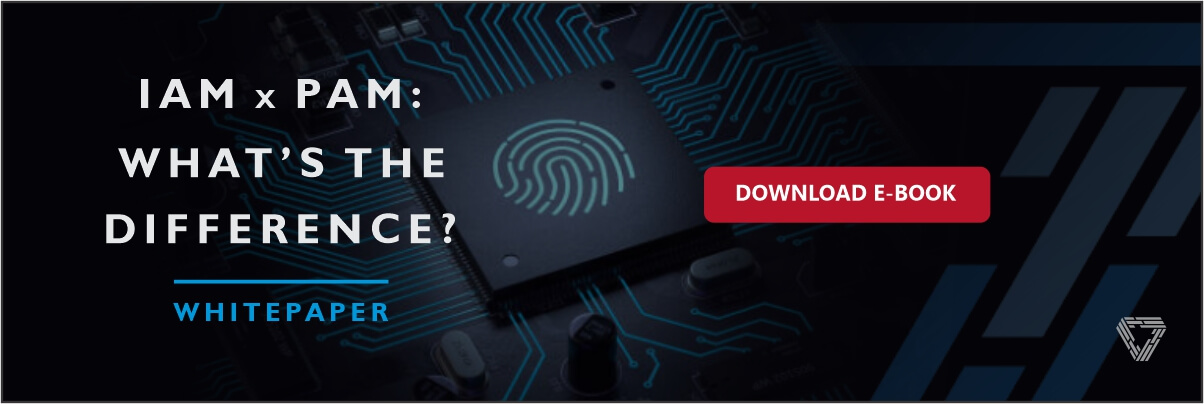5 Best Practices for Secure Access
- Updated at
- By Naty Santos
- Secure Access

Social detachment has profoundly transformed people’s lives, becoming the “new normal.” This reality changed the way we experience some things, such as time and space, instituting a new routine for how we work, have fun and relate.
This change has also influenced the way we express and consume products, content and media. More and more, companies are looking for ways to maintain their productivity and ensure that their teams and their respective activities together are being effective remotely. In fact, a recent Google report points to a 9% increase in interest in searches related to team building.
Table of Contents
Remote Work, the New Normal
Covid-19 brought about a revolution in how we work, creating a mass experiment of working remotely by “forcing” millions of people to join in order to avoid crisis mode.
According to Forbes, the expectation is that, after months of working from home, people will realize that they are equally or even more productive in executing tasks, and therefore change their concept of what can be done remotely.
They will begin to question why they need to go into the office every day. And working remotely, even if it’s two or three days a week, will become the new normal.
This does not mean that the offices will be empty; rather, there will be cost savings and CEOs, for example, will start to cut rents. Safe bets, like setting up sophisticated offices in large cities, will certainly be a trend that will change as remote work is set as an acceptable standard, even after the pandemic has passed.
For any remote worker – whether an employee or partner, outsourced or temporary – companies must adopt a security strategy that allows them to perform their tasks normally, productively, and with the ability to access resources securely.
Here are 5 Best Practices for Secure Access
- Use trusted devices. How do employees access company resources? Is it by using your own device (BYOD), such as a company notebook, or do they obtain access via a third party device?
- Communication between devices must be secure, using protocols that encrypt the data, such as HTTPS and a corporate VPN.
- Automate access granting and revocation through an Identity Access Management solution.
- Grant permissions according to the access privileges of the user’s profile, as this will ensure that each user accesses his/her/their appropriate level of corporate resources.
- Ensure secure remote access to the required business applications (cloud or on-premises), no matter where the remote employee is located. Combine PAM solutions with single sign-on and strong multi-factor authentication (MFA).
About Us
VaultOne allows you to completely control your security. You can give a user access through VaultOne for a specific part of your business, and without them actually seeing a password. With VaultOne, you can be sure that your intellectual property is in good hands.
Talk to our experts today and increase your level of protection.




